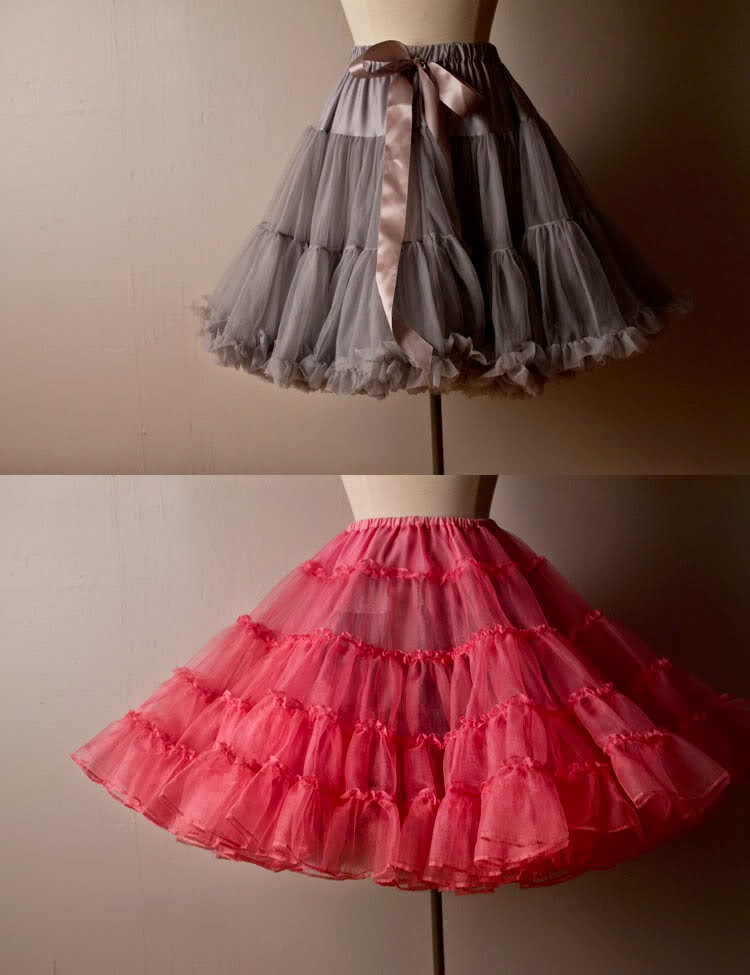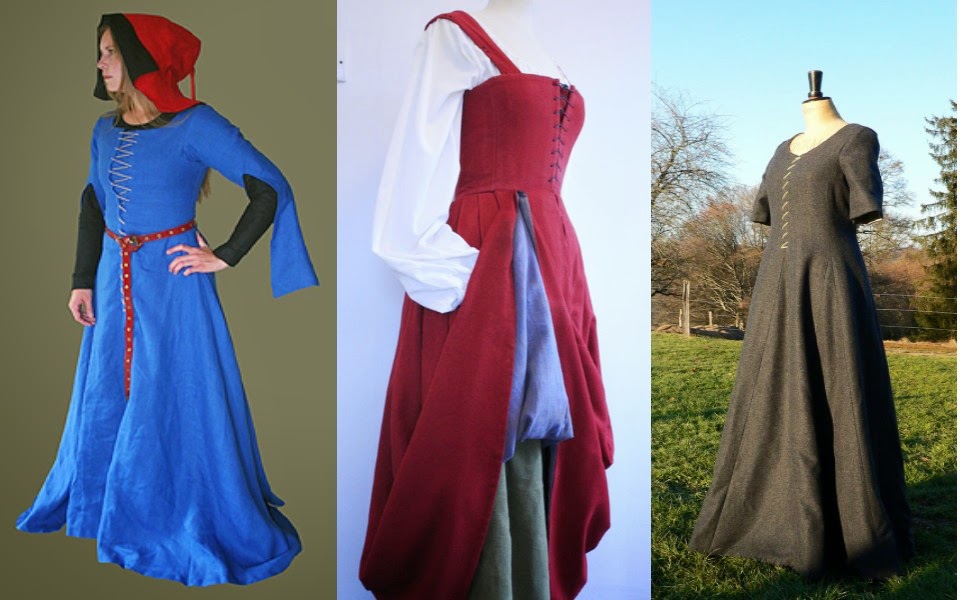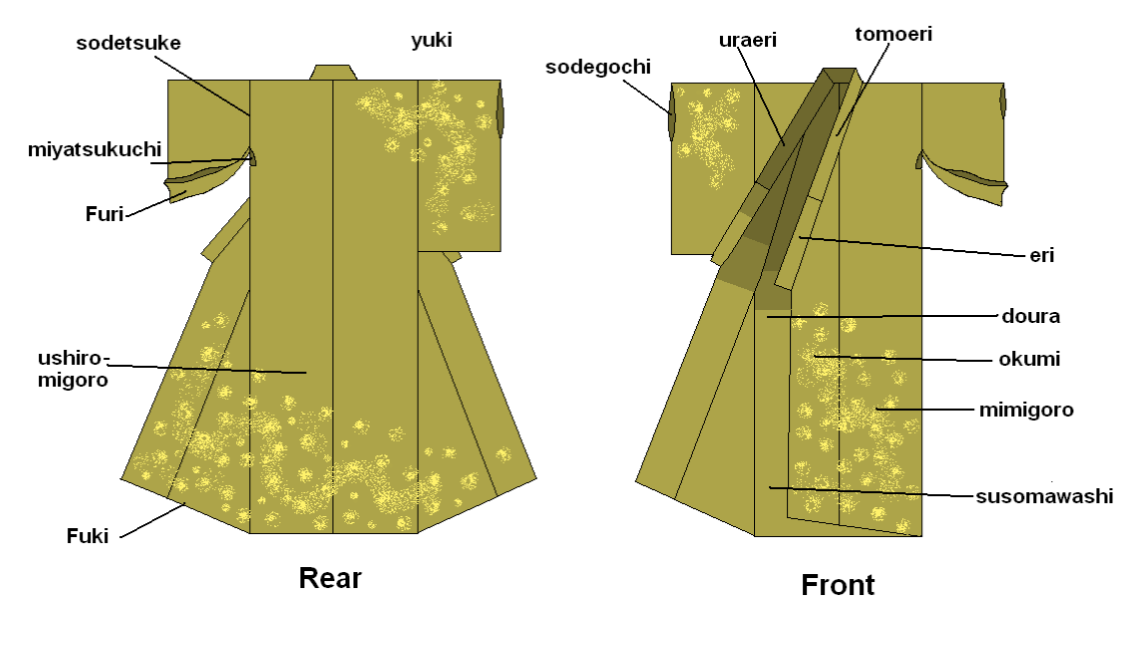Sari
A sari or shari is a South Asian female garment that consists of a drape varying from five to nine yards in length. and two to four feet in breadth that is typically wrapped around the waist, with one end draped over the shoulder, baring the midriff.
 |
| Weaving |
The sari is usually worn over a petticoat (called lahaṅgā or lehenga in the north; pavadai in Tamil, pavada (or occasionally langa) in both Kannada and Telugu, chaniyo, parkar, ghaghra, or ghagaro in the west; and shaya in eastern India), with a fitted upper garment commonly called a blouse (ravika in the south and choli elsewhere]]). The blouse has short sleeves and is usually cropped at the midriff. The sari is associated with grace and is widely regarded as a symbol of Indian, Bangladeshi and Sri Lankan culture.
Etymology
The word sari is derived from Sanskrit शाटी (sati) which means 'strip of cloth and शाडी śāḍī or साडी sāḍī in Prakrit, and which was corrupted to sāṛī in Hindi. The word 'Sattika' is mentioned as describing women's attire in ancient India in Buddhist Jain literature called Jatakas This could be equivalent to modern day 'Sari'The term for female bodice, the choli is derived from another ruling clan from ancient Tamil Nadu, the Cholas Rajatarangini (meaning the 'river of kings'), a tenth-century literary work by Kalhana, states that the Choli from the Deccan was introduced under the royal order in Kashmir.The concept of Pallava, the end piece in the sari, originated during the Pallavas period and named after the Pallavas, another ruling clan of Ancient Tamilakam.
Origins and history
 In the history of Indian clothing the sari is traced back to the Indus Valley Civilisation, which flourished during 2800–1800 BC around the western part of the Indian subcontinent. The earliest known depiction of the sari in the Indian subcontinent is the statue of an Indus Valley priest wearing a drape.
In the history of Indian clothing the sari is traced back to the Indus Valley Civilisation, which flourished during 2800–1800 BC around the western part of the Indian subcontinent. The earliest known depiction of the sari in the Indian subcontinent is the statue of an Indus Valley priest wearing a drape.
Ancient Tamil poetry, such as the Silappadhikaram and the Sanskrit work, Kadambari by Banabhatta, describes women in exquisite drapery or sari. The ancient stone inscription from Gangaikonda Cholapuram in old Tamil scripts has a reference to hand weaving. In ancient Indian tradition and the Natya Shastra (an ancient Indian treatise describing ancient dance and costumes), the navel of the Supreme Being is considered to be the source of life and
creativity, hence the midriff is to be left bare by the sari.
Sculptures from the Gandhara, Mathura and Gupta schools (1st–6th century AD) show goddesses and dancers wearing what appears to be a dhoti wrap, in the "fishtail" version which covers the legs loosely and then flows into a long, decorative drape in front of the legs. No bodices are shown.
Other sources say that everyday costume consisted of a dhoti or lungi (sarong), combined with a breast band called 'Kurpasika' or 'Stanapatta' and occasionally a wrap called 'Uttariya' that could at times be used to cover the upper body or head.The two-piece Kerala mundum neryathum (mundu, a dhoti or sarong, neryath, a shawl, in Malayalam) is a survival of ancient Indian clothing styles. The one-piece sari is a modern innovation, created by combining the two pieces of the mundum neryathum.
It is generally accepted that wrapped sari-like garments for lower body and sometimes shawls or scarf like garment called 'uttariya' for upper body, have been worn by Indian women for a long time, and that they have been worn in their current form for hundreds of years. In ancient couture the lower garment was called 'nivi' or 'nivi bandha', while the upper body was mostly left bare. The works of Kalidasa mentions 'Kurpasika' a form of tight fitting breast band that simply covered the breasts. It was also sometimes referred to as 'Uttarasanga' or 'Stanapatta.
In ancient India, although women wore saris that bared the midriff, the Dharmasastra writers stated that women should be dressed such that the navel would never become visible. By which for some time the navel exposure became a taboo and the navel was concealed.
Red wedding saris are the traditional garment choice for brides in Indian culture. Sari fabric is also traditionally silk. Over time, colour options and fabric choices for Indian brides have expanded. Today fabrics like crepe, Georgette, charmeuse, and satin are used, and colors have been expanded to include gold, pink, orange, maroon, brown, and yellow as well. Indian brides in Western countries often wear the sari at the wedding ceremony and change into traditional Indian wear afterwards (lehnga, choli, etc.).
Styles of draping
There are more than 80 recorded ways to wear a sari. Fashion designer Shaina NC declared,"I can drape a sari in 54 different styles".
The most common style is for the sari to be wrapped around the waist, with the loose end of the drape to be worn over the shoulder, baring the midriff. However, the sari can be draped in several different styles, though some styles do require a sari of a particular length or form. The French cultural anthropologist and sari researcher Chantal Boulanger categorised sari drapes in the following families.
- Nivi – styles originally worn in Andhra Pradesh; besides the modern nivi, there is also the kaccha nivi, where the pleats are passed through the legs and tucked into the waist at the back. This allows free movement while covering the legs.
- Bengali and Oriya style
- Gujarati/Rajasthani – after tucking in the pleats similar to the nivi style, the loose end is taken from the back, draped across the right shoulder, and pulled across to be secured in the back
- Maharashtrian/Konkani/Kashta - this drape is very similar to that of the male Maharashtrian dhoti. The center of the sari (held lengthwise) is placed at the center back, the ends are brought forward and tied securely, then the two ends are wrapped around the legs. When worn as a sari, an extra-long cloth of nine yards is used and the ends are then passed up over the shoulders and the upper body. They are primarily worn by Brahmin women of Maharashtra, Karnataka, Andhra Pradesh and Goa.
- Madisar – this drape is typical of Iyengar/Iyer Brahmin ladies from Tamil Nadu. Traditional Madisar is weared using 9 yards saree
- Kodagu style – this drape is confined to ladies hailing from the Kodagu district of Karnataka. In this style, the pleats are created in the rear, instead of the front. The loose end of the sari is draped back-to-front over the right shoulder, and is pinned to the rest of the sari.
- Gobbe Seere – This style is worn by women in the Malnad or Sahyadri and central region of Karnataka. It is worn with 18 molas saree with three four rounds at the waist and a knot after crisscrossing over shoulders.
- Gond – sari styles found in many parts of Central India. The cloth is first draped over the left shoulder, then arranged to cover the body.
- Malayali style – the two-piece sari, or Mundum Neryathum, worn in Kerala. Usually made of unbleached cotton and decorated with gold or coloured stripes and/or borders. Also the Set-saree, a sort of mundum neryathum.
- Tribal styles – often secured by tying them firmly across the chest, covering the breasts.
- Kunbi style or Denthli - Goan Gauda and Kunbis,and those of them who have migrated to other states use this way of draping Sari or Kappad,this form of draping is created by tying a knot in the fabric below the shoulder and a strip of cloth which crossed the left shoulder was fasten on the back








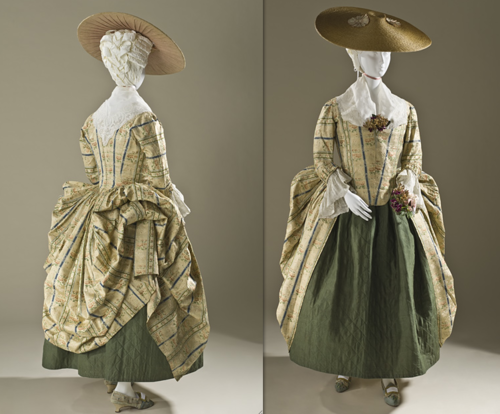.png)
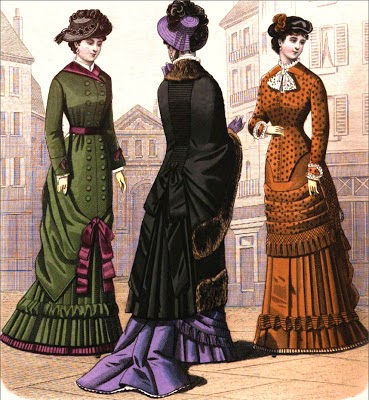.jpg)


